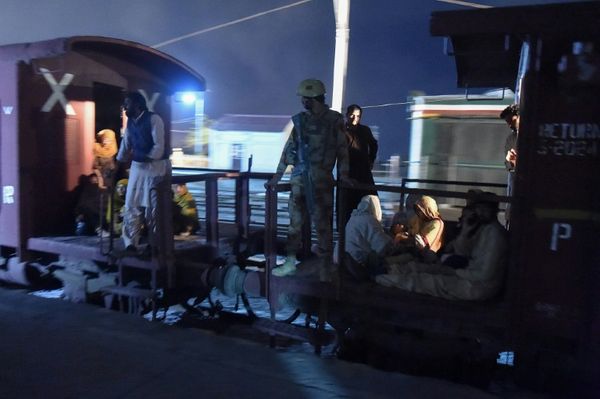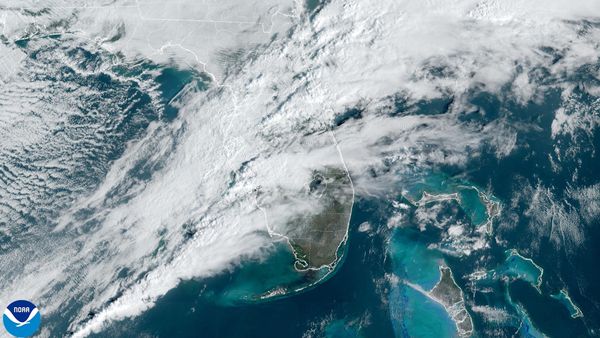
Picture all the customary modern signifiers of an internationally revered, clamorously buzzy new London restaurant — the artfully displayed bottles of natural wine, the intense Noma alumnus armed with a squeezy bottle of bone marrow garum — and you will find precisely none of them at The Chancellors pub in Hammersmith. The vibe on a recent Thursday afternoon was decidedly more Michelob than Michelin; framed Fulham shirts and Guinness-hefting old boys gathered beneath the burbling sound of televised golf on the big screen.
And yet, if you are apprised of culinary hype, then you probably know that this outwardly unremarkable space also happens to be home to Crisp Pizza W6: a permanent kitchen residency slinging thin, crackly New York-style pies which have been anointed by pizza aficionados of all stripes as perhaps the best in the capital. Hours-long queues have snaked back towards the Apollo. England captain Harry Kane has swung by for a takeaway. Other chefs, gastro-tourists from the US, and local food nerds have inevitably made their own pilgrimages to see if self-taught pizzaiolo and founder Carl McCluskey’s creation is worth the outsize fuss. And this, of course, is the part that is especially relevant. Because the other thing that could be seen in that unassuming, sunlit pub on that particular Thursday was me: your friendly neighbourhood greedy guts, pulling a glistening first slice of pepperoni from my mouth, widening my eyes, and chuckling in disbelieving wonder at the urgent, crunching genius of it. We will come to whether it is actually “the best pizza in London” in a moment. But Crisp is absolutely worthy of its current hype and attention.
It is also, perhaps fittingly, a slow-rising sort of success story. Launched in 2020 when McCluskey took over the pub from his grandma, the business initially took the form of a pandemic-era takeaway. As a name, Crisp denotes both the address (The Chancellors sits on Crisp Street) and the angrily charred, elegantly sturdy, and specifically Italian-American expression of vernacular pizza culture.
This was all exemplified by that first pizza: a disc of oven-scorched dough, bubbling cheese and cupped coins of pepperoni that, despite the airy crispness of its crust, had a lingering, profoundly flavoursome chew and the fresh, nudging tang of light San Marzano sauce. At a second visit, there was a touch more expansiveness.

The Vecna — named after the Stranger Things villain — added a building, candied sweetness courtesy of dribbled hot honey; four cheese calzone, was a sort of sliced, doorstopper pizza sandwich, filled with mozzarella and ricotta, and then ladled over with more San Marzano and a twin bombardment of grated parmesan and pecorino.
McCluskey is clearly pursuing honed simplicity and a purity of purpose. The issue, of course, is that lots of Londoners accustomed to Santa Maria or Yard Sale or even the glorious abomination of a hangover Domino’s will look at, say, the blackened, crackerbread sprawl of Crisp’s New Haven-style “tomato pie” and think something has gone disastrously wrong in the kitchen.
This is where the “best in London” conversation runs into trouble. Pizza’s pleasures are intensely personal and tied up with specifics relating to context. The fact that McCluskey’s slices may not instantly supersede all the other half-remembered London pizzas you have eaten — and they didn’t quite, for me — does not make them any less exceptional, rare or worth crossing town for.
Hours-long queues have snaked back towards the Apollo and England captain Harry Kane has swung by for a takeaway
At that second visit, the pub was heaving and people were meerkating for a vacant table with mounting desperation (though you can call ahead to reserve dough, it is walk-in only for seats).
Crisp may not reinvent the pizza wheel but it succeeds, somehow, in turning the food world’s most boring, over-exposed ubiquity into something fresh, distinctive and utterly undeniable.







